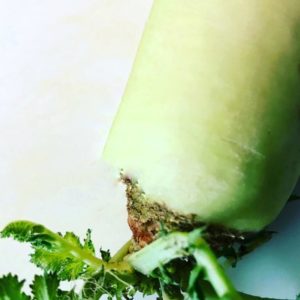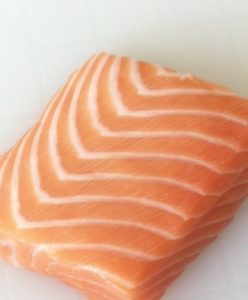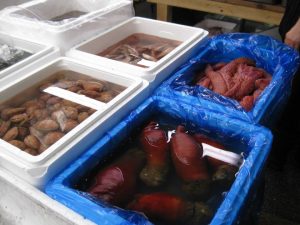 Japanese sushi rice is not just rice. There is a big difference between the quality and the different types of sushi rice. The variation in Japanese sushi rice is very large and like many other foods sushi rice are available in different grades such as cheap, middle class and expensive sushi rice.
Japanese sushi rice is not just rice. There is a big difference between the quality and the different types of sushi rice. The variation in Japanese sushi rice is very large and like many other foods sushi rice are available in different grades such as cheap, middle class and expensive sushi rice.
The information on the packaging is sporadic and not always just informative.
Japanese sushi rice differs from sushi rice produced in other countries. In Denmark there is Japanese sushi rice that clumps more than others. You will notice this when the rice has been cooked and about to be mixed with winegar (salt and sugar).
That does not mean that something is wrong with the rice. It can be difficult to get rid of all the lumps especially if you are use to cook sushi rice.
At Sushi course for beginners you will learn how to cook sushi rice as in Japanese sushi restaurants.
_
Zoë has lectured and held sushi courses for A. P. Moller – Maersk, Hugo Boss Nordic, Novo Nordisk, Novartis, Velux, Gorrissen Federspiel, Beierholm revision, Elbek & Vejrup and many more.








